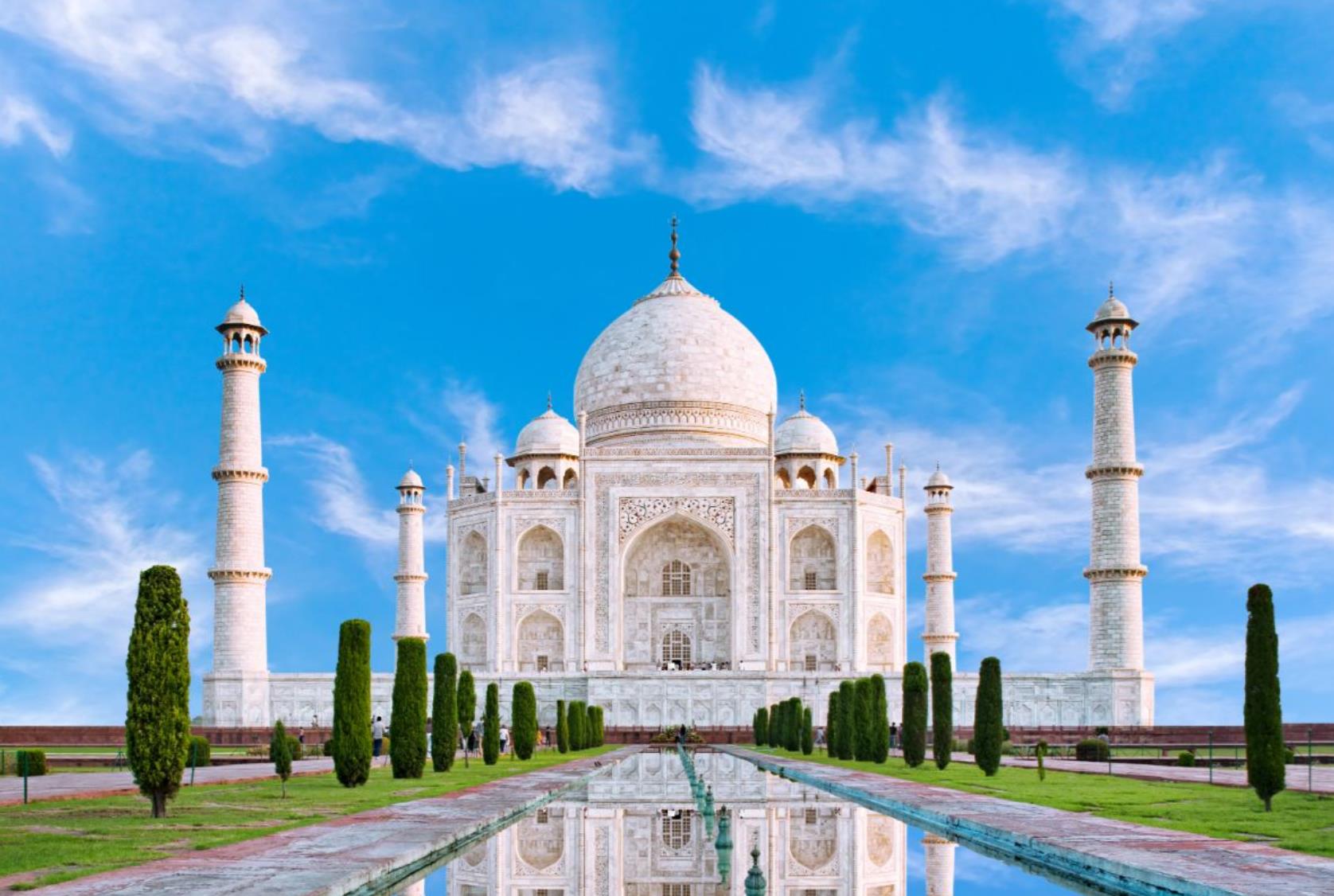Where is the best place to photograph the Taj Mahal?
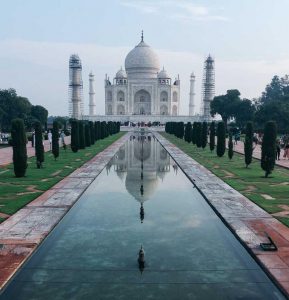
Is that “one” shot the image you have in mind? Yes, everyone wants that shot; the Taj Mahal silently reflected in the foreground, the magnificent white marble structure towering in the background. Somehow, no matter how many times you’ve seen that classic shot, it will still take your breath away.

Get creative and move around! It’s not just a pool of water. Most people will probably be standing on the center platform, jockeying for the best spot. Why not stand quietly in the corner, away from the crowds, and pose for your reflection with the Taj Mahal?
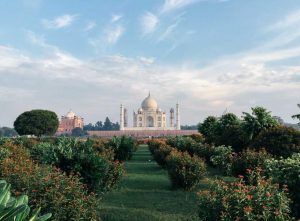
If you’re there in the morning, you’ll definitely want to take pictures on the east side of the Taj Mahal. That’s where the sun shines, illuminating the Taj Mahal in shades of gold and orange. But, hey, it wouldn’t hurt to walk around the monument taking different pictures!
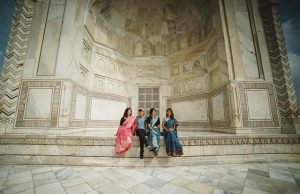
When you’re done exploring the Taj Mahal and seeing it up close, why not head to nearby Mehtab Bagh Park, located across the river behind the Taj Mahal, allowing you to observe it from a distance, away from the endless crowds that flock to the monument. For once, you can immerse yourself in the wonders of the park and take your time to photograph it. If you’re lucky, there should still be some bodies of water that haven’t dried up that you can use to capture different angles of the Taj Mahal and its reflection ?
2) What is the best time to visit the Taj Mahal?
Agra is located in an arid subtropical climate with unusually hot and dry weather in summer. Typically, temperatures can reach up to 50°C from April to June, and travelers may be more prone to heat stroke and dehydration during this time. Therefore, if you are there during this time, remember to drink plenty of water.
However, from July to September, Agra experiences the monsoon season with heavy rainfall. During this time, photographers may not be able to visit due to rainy weather restrictions. (Although puddles do help make for interesting photos!)
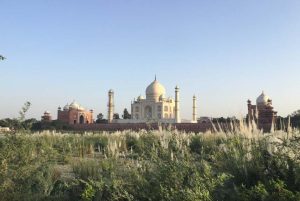
The best time of the year to visit the Taj Mahal is during the winter months, from October to December, or before the summer months, from February to March. During these periods, the weather conditions are much milder and clearer.
The absolute best time of day to visit the Taj Mahal is early in the morning to catch the sunrise. As the sun slowly rises above the horizon, the Taj Mahal, made of ivory white marble, glows warm and golden in the morning light. Another huge advantage is that the Taj Mahal is the least crowded in the early morning. This means there is a higher likelihood of fewer tourists in your photos when you visit at sunrise.
Of course, if you are there in the summer, then visiting at sunrise will allow you to beat the crazy heat.
Bonus
If you’re a big fan of nighttime photography, here’s a hint. For the five days of the full moon, the Taj Mahal is open at night for free! So you should absolutely plan your visit to the Taj Mahal. That is, on the night of the full moon and on the two days before and after (except Fridays and Ramadan). Check the full moon dates online to plan ahead.
Taj Mahal night tickets must be purchased at least 24 hours prior to your visit at the Archaeological Survey of India’s reservation center at Agra Circle, 22 The Mall, Agra. Buy your tickets early, though, because only 400 visitors are allowed into the Taj Mahal each night on those nights. Each night visit is limited to 30 minutes or less. So be sure to plan your shots early and do them quickly while you’re there!

